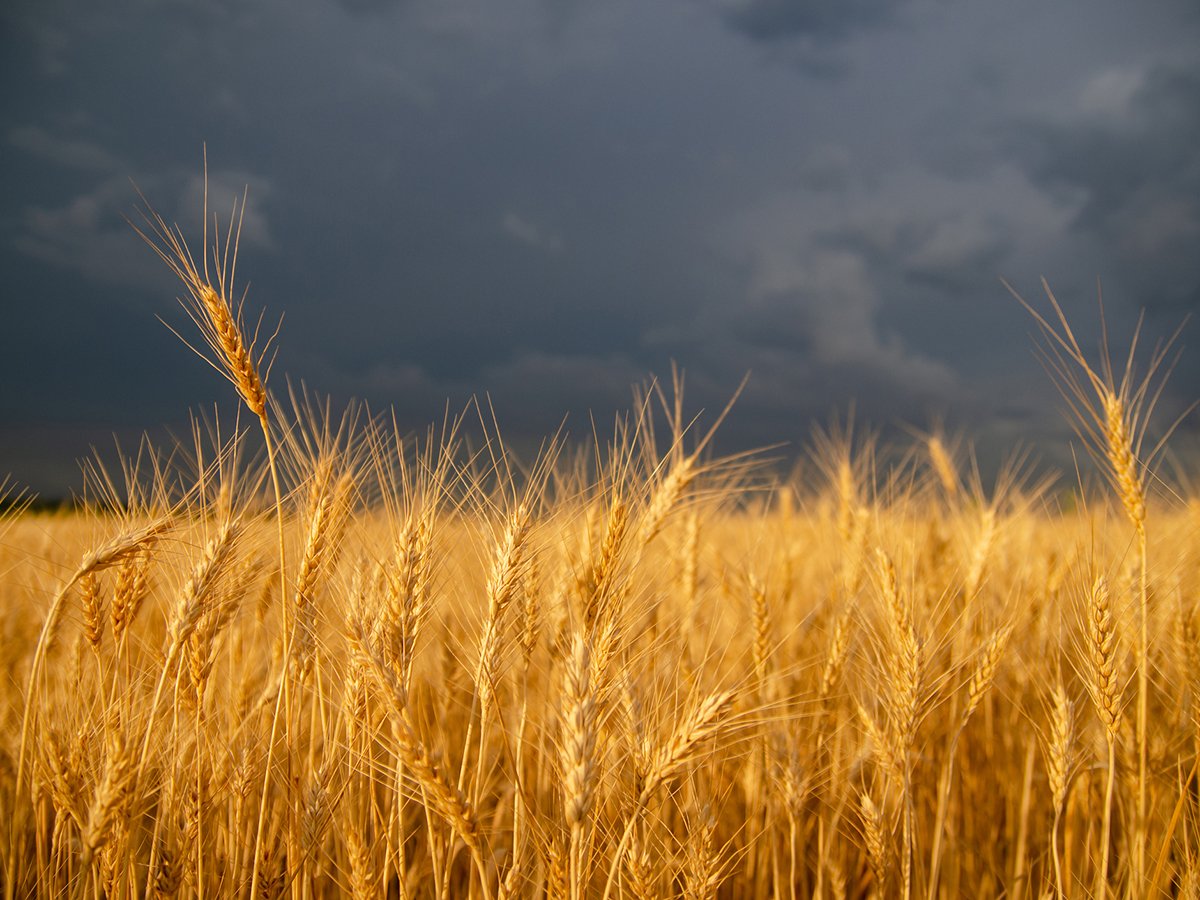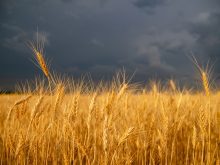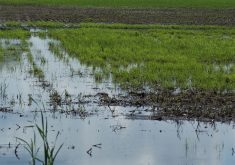We’re in the middle of a cattle show sandwich. It begins with Edmonton’s Farmfair and ends with Canadian Western Agribition in Regina. There’s lots of filling in between.
There are few places comparable to cattle shows to see the connection and co-operation among the generations. In the barns and stalls, show rings and sales, every age group in ranch families plays a role.
Those who wonder where the next generation of cattle producers will come from have only to visit one of these shows to find their answer. The next generation has plenty of enthusiasm and interest in the cattle business.
Read Also

Late season rainfall creates concern about Prairie crop quality
Praying for rain is being replaced with the hope that rain can stop for harvest. Rainfall in July and early August has been much greater than normal.
It exists even in these difficult times. Though there are a variety of reasons for price and market downturns, fingers most often point to slow recovery from the BSE crisis that began in 2003 and led to an overreaction and expense that now borders on the absurd.
Here’s an illustration. Last month, Japanese government researcher Masahiko Ariji told a meeting organized by the U.S. Meat Export Federation about his efforts to put Japan’s fears about BSE, and its human equivalent, Creutzfeldt-Jakob Disease, into perspective. He found that in Japan, where 34 cattle have tested positive for BSE, and where fierce restrictions on beef imports remain place, the chances of dying from CJD are still virtually nil.
Japanese people are 1,200 times more likely to die of a wasp sting than from CJD, Ariji calculated. They are 44,000 times more likely to die of choking on a rice cake, 380,000 times more likely to drown in the bathtub and 4.4 million times more likely to die from cancer due to smoking.
Perhaps a statistician could extrapolate the equivalent percentages in Canada, a country with 16 cases of BSE, none of which entered the food chain and where no one has ever died of CJD related to consumption of infected meat.
Yet the fallout continues and the next generation must, unfortunately, contend with it.
And that’s not all. On page 5 of this issue is a report on a cattle sector study released by the National Farmers Union. It attributes dismal market conditions to “the C-5 syndrome.”
Greatly simplified, C-5 is a reference to: Cargill and other U.S. based packer corporations; Canada-U.S. Trade Agreement effects; continental integration; captive supply of cattle by the packers; and corporate consolidation in the industry.
BSE and the C-5 present quite a challenge to overcome.
Yet when we see the enthusiasm and effort of folks at cattle shows, and see the joy they take in being part of the cattle industry, we can believe they will find a way through.
















